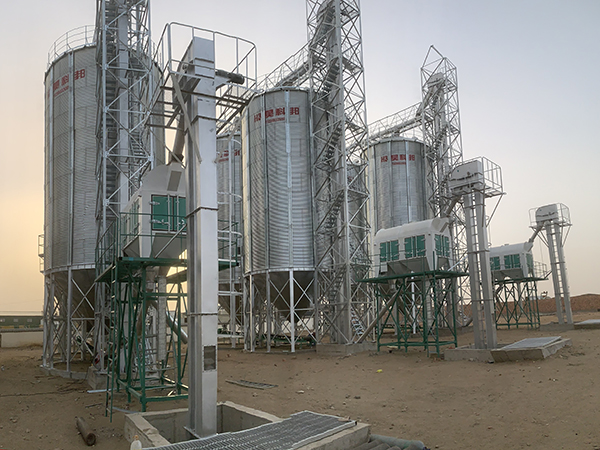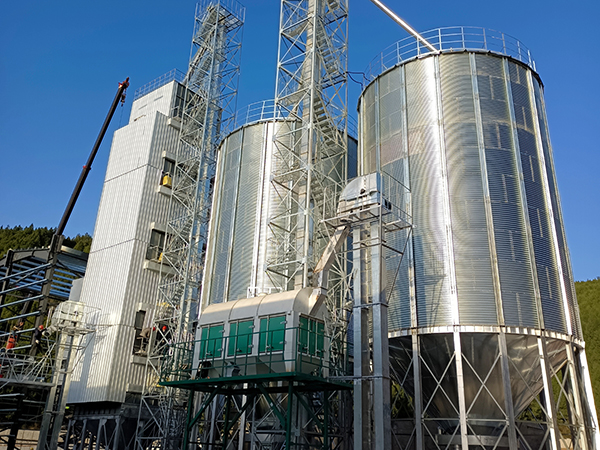How to efficiently store grain through silo for grain?
The article provides strategies for efficient grain storage using silos, emphasizing optimal location selection, interior design for effective management, and measures for grain quality protection. Coban offers comprehensive, intelligent solutions for grain silo needs, ensuring optimal storage efficiency.
- Barley grain bin company in Tanzania
- rice grain bin factory in Rwanda
- Paddy grain bin supplier in Guinea
- Wheat Cone-Bottom Silo Franchise in Thailand
- Wheat cone bottom silo procurement in Thailand
- Wholesale Wheat Cone-Bottom Silo in Malaysia
- Manufacturers of Wheat Cone-Bottom Silo in Malaysia
- Wheat Cone-Bottomed Silo Suppliers in Uganda
- Cone-Bottom Wheat Silo Sales in Uganda
- Wheat cone bottom silo price in Uganda
- Soybean meal grain bin sale in Guinea
- Corn grain bin price in Libya
Silo for grain is key to improving the efficiency of grain storage. This article will explore in detail how to optimize grain storage using silo for grain and provide practical management strategies.
How to Choose the Right Location for a Silo for Grain?
The location selection for a silo for grain should be based on various factors to ensure the safety of grain and convenient transportation. First, consider whether the terrain is flat and dry to avoid the risks of flooding and water accumulation. Second, the silo should be close to major transportation routes to reduce logistics costs and improve transportation efficiency. Additionally, consider environmental factors around the silo, such as potential pollution sources and whether there is enough space for expansion; these are all factors to consider during construction.


How to Design an Efficient Silo Interior Structure?
A well-planned spatial layout ensures quick loading and unloading of grain and effective management.
Design should consider the logic of material flow, ensuring clear and smooth paths for grain in and out of the silo. This typically means having a defined loading and unloading area and wide enough passages to accommodate transport vehicles and machinery. Moreover, the silo interior should be designed with multiple working areas to facilitate simultaneous operations, such as grain reception, inspection, storage, and distribution.


How to Implement Effective Grain Quality Management?
Regular quality checks of grain, including moisture content, impurities, and pests, are essential.
Ventilation and Temperature-Humidity Control
The internal ventilation system of the silo is crucial for maintaining a suitable storage environment. Design should consider a combination of natural and mechanical ventilation to ensure grain remains dry and cool under any climatic conditions. Additionally, the silo should be equipped with temperature and humidity monitoring devices to monitor and regulate the internal environment in real-time, preventing grain spoilage and pest infestation.
Protection Measures
Protection measures inside the silo include fire prevention, pest control, and rodent prevention. The silo should use fire-retardant materials and be equipped with fire-fighting equipment, such as automatic sprinkler systems and fire extinguishers. Also, gaps and air vents in the silo should have protective screens to prevent pests and rodents from entering. Regular pest inspections and control work are also essential.


Contact Us
Coban is committed to providing efficient, intelligent solutions for silo for grain. We have our own team of experts working closely with you to ensure your silo design fully meets your needs and expectations. We offer a one-stop service from silo design, manufacturing to installation, helping you achieve optimal grain storage. If you have any needs, please contact us!








